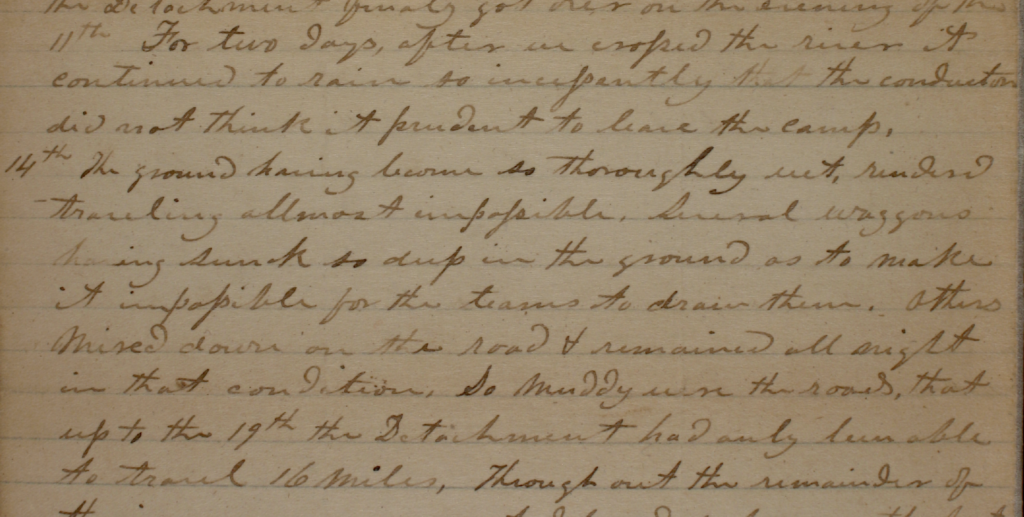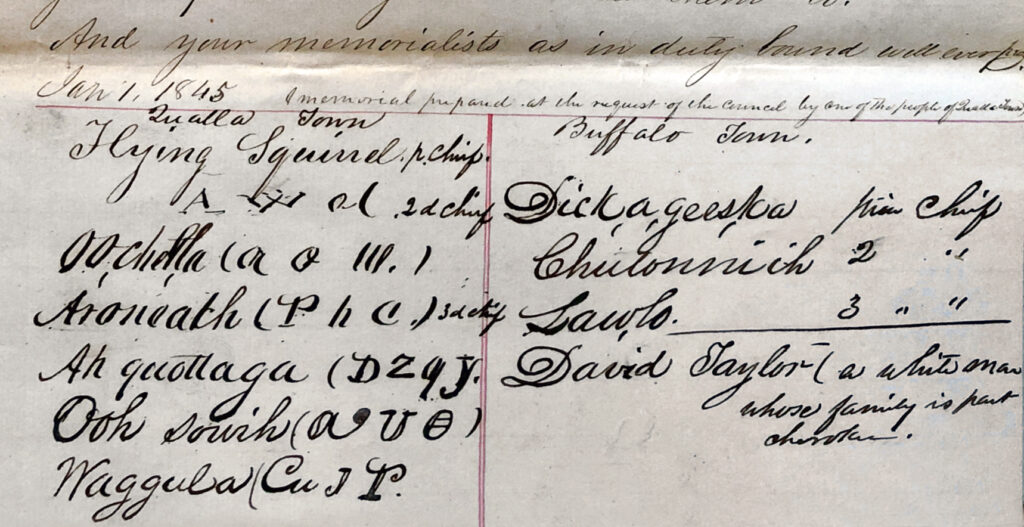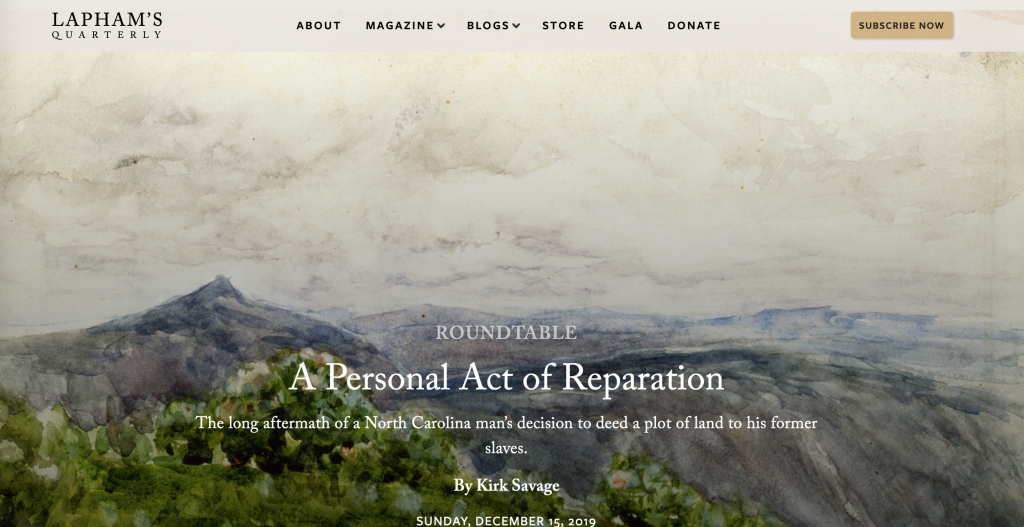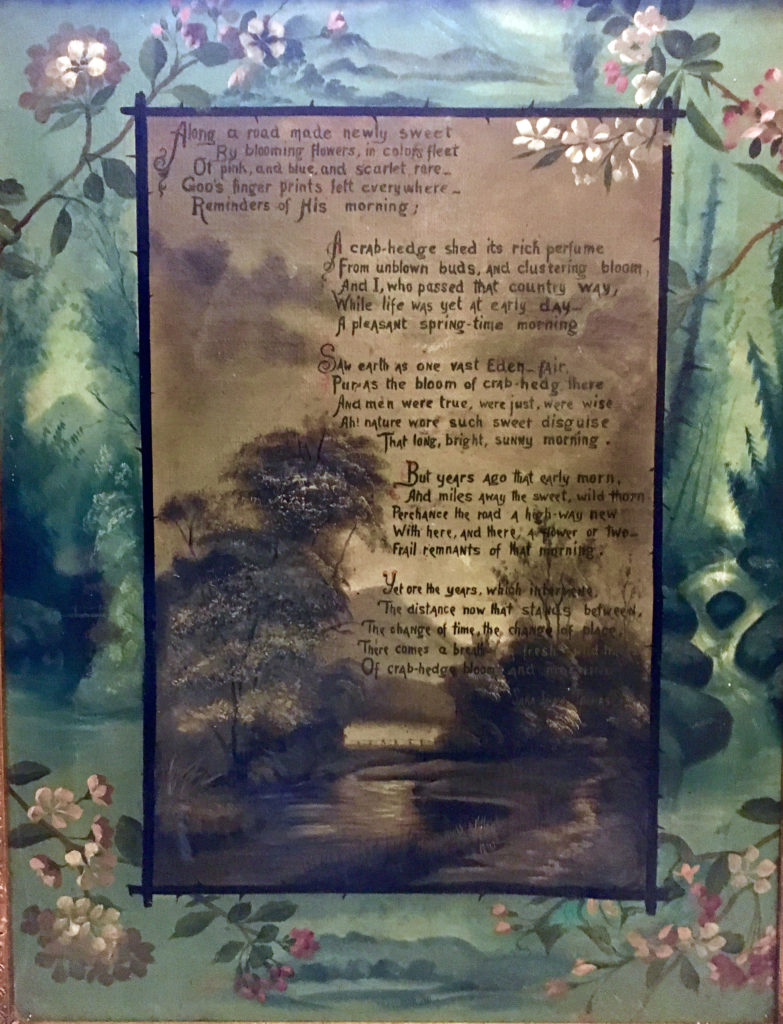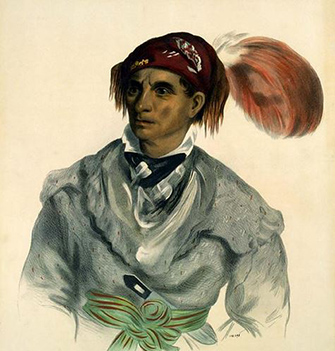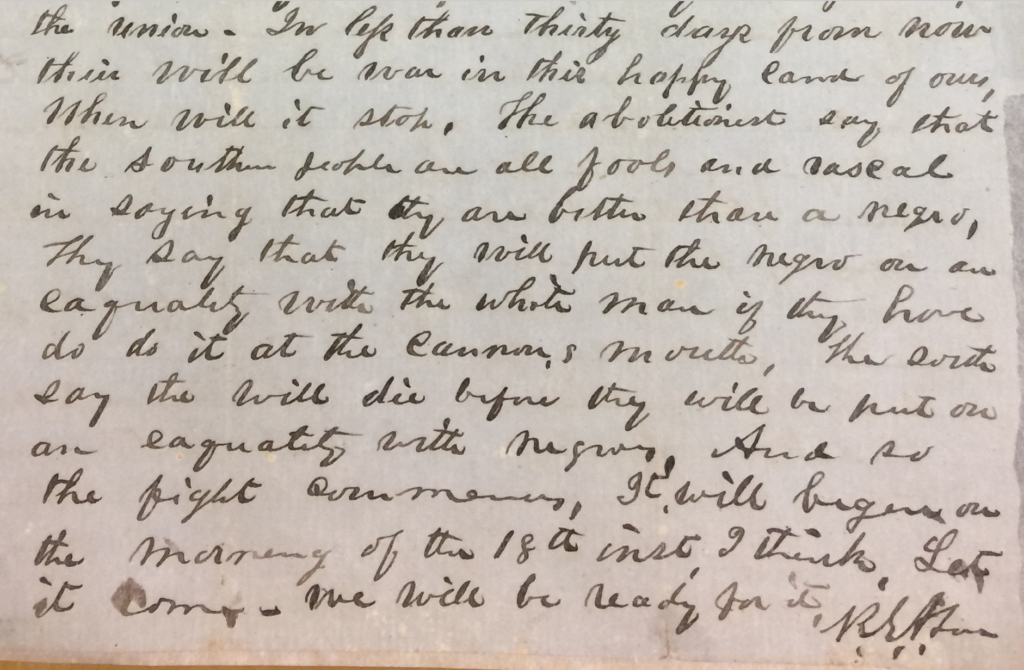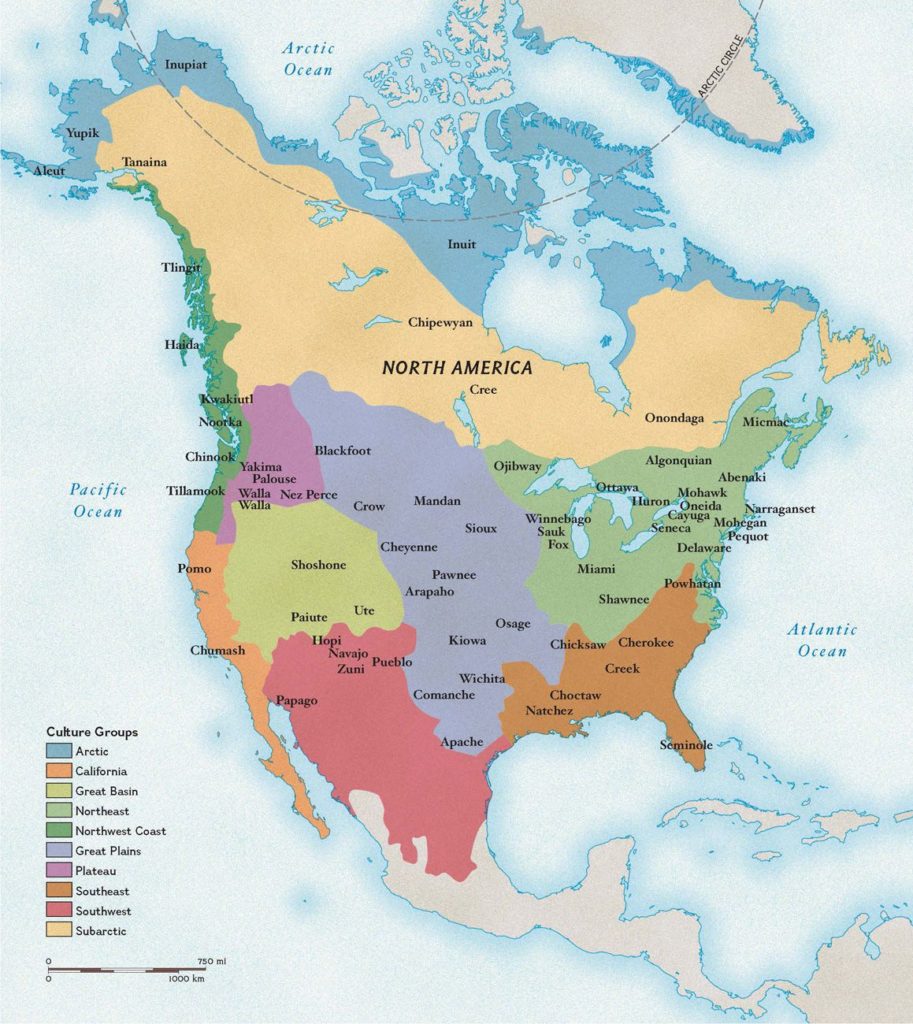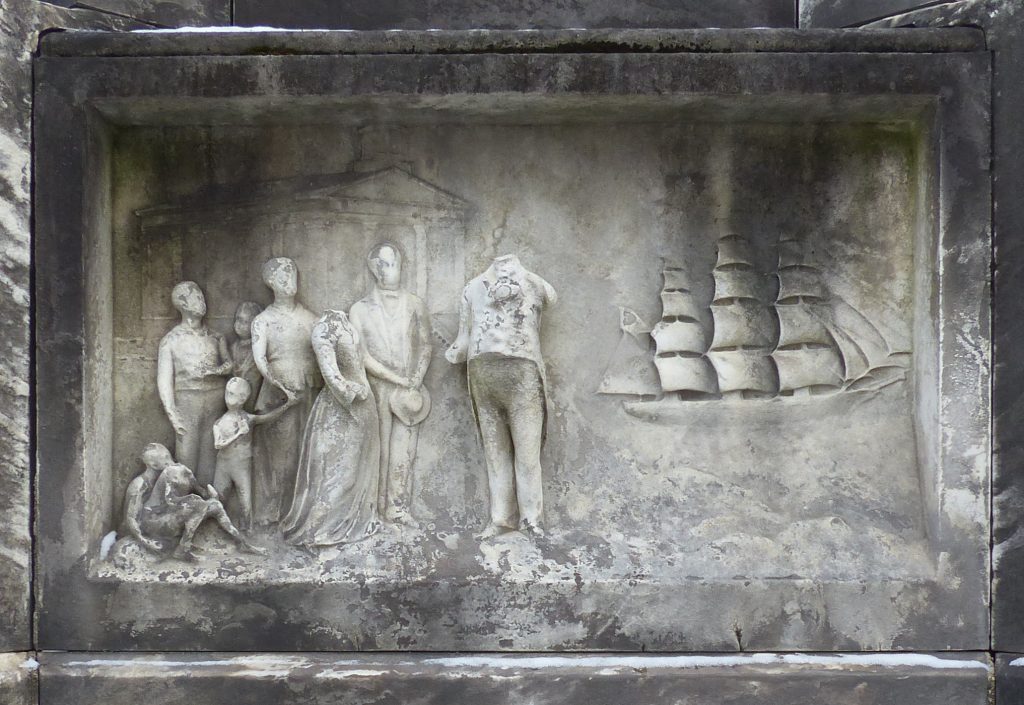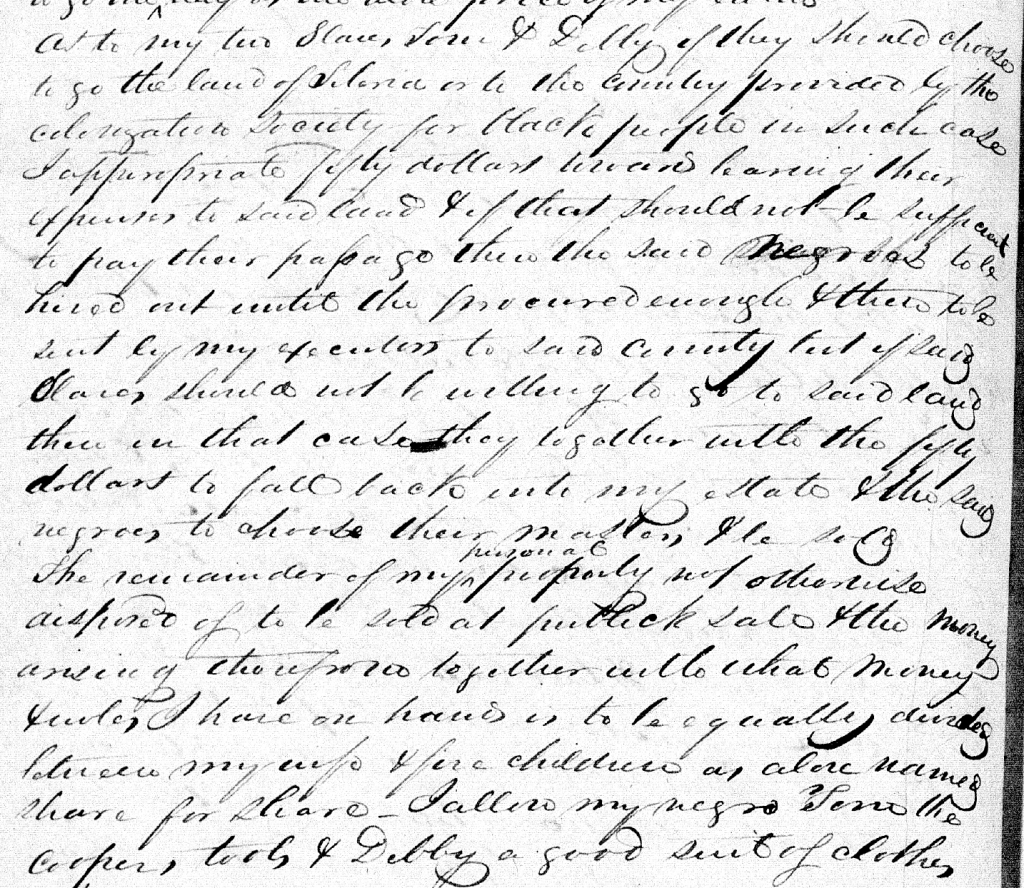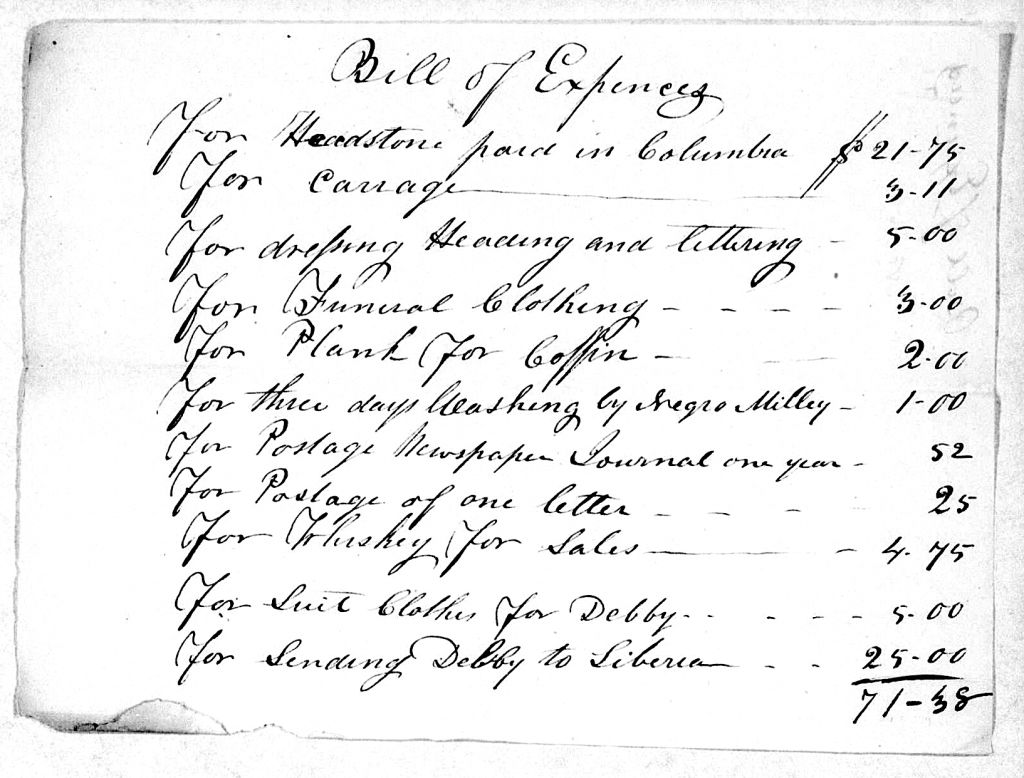As with so many things in my great great grandfather’s life, and in this history we’re writing, figuring out simple truths is a complicated mess. Myths and lies have been built up over time and repeated through generations till people come to accept them as historical fact. For instance, Will Thomas had an illegitimate son named William Pendleton “Penn” Hyde with a white woman named Catherine Hyde whose (white) family and lineage is known. This is a simple and undisputed fact. Nevertheless, over time, the white Catherine Hyde has been given the fake Cherokee name, “Kanaka,” and a full-blood Cherokee grandmother named “Betsy Walker” who married a white man named Edward Leatherwood. And generations of Hydes and Leatherwoods have been told about “Kanaka” and the Cherokee “Betsy Walker” and believe it is true family history.
Here is our research untangling of how that myth got started.
It started with money
In 1901, the attorney Belva Lockwood filed suit against the US government to get them to pay the Cherokees the remainder of the money due them – with interest – for the purchase of Cherokee lands in the east. She did not do this as the official legal counsel of the Eastern Band of the Cherokees. Instead, it was instigated by a smaller group of about 1,000 Cherokees led by the Anglo-Cherokee James Taylor. Taylor lived in Cherokee County, had worked closely with Will Thomas in Washington on Cherokee claims, and was later in Will’s Cherokee Legion. He knew Will and Will’s family, including, significantly, Will’s son, Penn Hyde. Taylor got the Cherokees he was working with to sign a Power of Attorney to Lockwood so she could represent them in court. In 1905 she argued the case before a lower-court judge, Charles C. Nott. He agreed that the United States had “broken and evaded the letter and spirit of their agreement.” But he did not award the full amount of interest due, which, after so many years, amounted to several times more than the original purchase price. The case was appealed to the Supreme Court and, in 1906, she won the case, and the Cherokees finally got the per-capita payment. The award was about $5 million, to be divided among the enrolled members of the Cherokee tribe. By 1907, Penn Hyde retained Belva Lockwood to represent him in his application for tribal enrollment.
In the 1907 claims, one of the Betsy Walker claimants, Harvey Moody (he was a cousin of Penn Hyde’s through marriage into the Leatherwood family) wrote,
“I never heard what kind of Indian blood Betsy Walker had nor how much Indian blood…. I never heard my mother say this. Never heard my grandfather say this. I have heard William P. Hyde say so. I do not recollect anybody else having said that Betsy Walker was a Cherokee Indian except (Wm.) Penn Hyde. I heard him speak about this first six or eight years ago.” [Emphasis mine.]
We will look more closely into the relationship between James Taylor and Penn Hyde. But Penn Hyde was, to put not too fine a point on it, generally a grifter. The existing evidence suggests that the “Betsy Walker” claim was one more grift. It appears that Penn Hyde started the myth of “Betsy Walker” when the Taylor/Lockwood case was getting started in hopes of getting in on the possible payout. He spread the rumor around, likely for future corroboration.
As a side note, in his claim, Penn Hyde not only made up the story of “Betsy Walker” as his Cherokee great grandmother, but he also invented the identity of “Kanaka” for his mother, Catherine Hyde. The “Kanaka” myth is one that has taken on its own life (often now separated from Catherine Hyde) as the basis for his Cherokee wife and children. (Will Thomas may have had children with a Cherokee woman, but not through the imaginary “Kanaka!”)
The Betsy Walker Myth
Two Cherokee children – Richard and Betsy Walker – were orphaned during the Removal, discovered by soldiers, and given to Felix Walker (1753-1828) to raise. According to the story, Betsy Walker grew up and married a white man, Edward “Ned” Leatherwood (1754-1808). All the “Betsy Walker” claims of Cherokee descent are based on this story and from this supposed marriage.
Recounting of the myth in 1907 tribal enrollment applications:
Penn Hyde:
“Mi grand mother name was Elis a Beth Hyd maden name Elis a beth Lether woode who was of Indian Bloode[.] I sent the Af fi da vides [affidavits] of some five or six who was well a quainted with mi grand mothe to the [Lars?] commity[.] as to mi father was W H Thomas who clame Indian Bloode a was Indian agent for years by who I was adopted to[.] I claimte none whether I could prove blood by father or not but I has prove hit by mother.
I love if you would send me som Blanks [illegible].”
Penn Hyde Grandparents names:
English is Leatherwood. Indian name” is Kanak-at-ah.
(This is where the name “Kanaka” first appears as a “Cherokee” name for Catherine Hyde. This spawned the myth of Will Thomas’s affair with a Cherokee woman named Kanaka).
“Were they ever enrolled for annuities, land or other benefits?”
Penn Hyde: “They were given land by the Indians.”
(This is, of course, demonstrably not true for either Catherine Hyde or Will Thomas. In fact, WHT was buying land FOR the Indians.)
Laricie[sp?] Emeline Rose:
“Dick Walker and Betsy Walker was brother + sister and Betsy Walker daughter Elisabeth married Edward Leatherwood + her daughter married Ben Hyde Sr. and Ben Hyde is my father. Dick Walker took reservation in Haywood Co., NC * Betsy Walker registered for reservation in many places.”
“Through Ben Hyde, to my father and my grandmother Elizabeth Hyde nee Leatherwood + through my great grandmother, Elizabeth Leatherwood nee Walker + my great great grandmother Betsy Walker + her brother Dick Walker.”
Give name of father and mother…
English name: Ben Hyde
Indian name: Qua-nee-gar-na-gar
Grandfather and grandmother:
Ben Hyde – Qua-nee-gar-na-gar
Elizabeth Hyde – Lee-see-gar-na-gar
(NB that “Lee-see” is simply a phoneticization of Elizabeth. Similarly, in Chinese, my name is Yi-Lee, also a phoneticization of Elizabeth. It doesn’t make me Chinese!)
Ancestors:
Dick Walker – Di-ga-a-do-he
Betsy Walker – Qual-si-a-do-he
Elizabeth Walker – Lee-see-a-do-ha
Edward Leatherwood – Na-dee-gar-na-gar-a-dor
John Raby:
“So as I understand, when the Eastern Cherokees was wanted to be moved … west, those two little Indian Children were caught by the soldiers and given to an old citizen by the name of Felix Walker, and afterwards they was allotted land and enrolled.”
Eliza Seay, Bryson City (#4555):
“Betsy Walker is on the roll of 1835, as I am reliably informed.”
Harvey L. Moody, 69 years of age, testifying at Whittier, N.C. in behalf of himself and his wife states:
“… I never heard what kind of Indian blood Betsy Walker had nor how much Indian blood. I hear others say she was a full blood Cherokee. I never heard my mother say this. Never heard my grandfather say this. I have heard William P. Hyde say so. I do not recollect anybody else having said that Betsy Walker was a Cherokee Indian except (Wm.) Penn Hyde. I heard him speak about this first six or eight years ago.”
Historical basis of the myth
This myth is built on some vague historical facts. We find them expressed in passing references in testimony from two much earlier lawsuits (both suits involving different parts of my family!). The first reference is from an 1812 deposition by John Dobson in the Walker v. Avery (Felix Walker v. Waightstill Avery) lawsuit. John Dobson says,
“He received information from Indian Dick raised by Felix Walker that the old Town at the mouth of Ocon or Big Creek of Tuck was called the Twelve Mile Town – and where there it was called twelve mile to the next Town below the junction of Tuck & Cowee forks of Tennessee and the Town there was called also Twelve mile Town.”
The second mention is from a deposition by Dillard Love, March 13, 1840, for the Love v. Belk lawsuit. Love says,
“There, I first became acquainted with Betsy Walker, alias Chickaleece, and have known her ever since until she went to the west. She was a very good interpreter and I frequently got her to interpret for me when buying cattle and other produce from the Indians. She was an Indian woman but talked very good English. I think she could make an Indian understand who did not understand the English language that by signing a deed of conveyance he thereby parted with his property for the reasons that during the two last treaties at this place she and her brother Dick Walker were interpreters for the reservees.
Those two passing mentions in 1812 and 1840 – and whatever historical truths they refer to – are the basis for the myth. They tell us a man called “Indian Dick” was “raised” by Felix Walker. It does not identify which Indian named Dick it was, and also doesn’t explain what “raised” means. This testimony in 1812 was given when Felix Walker was alive and would have heard it. So, it must be based on some bit of truth. But the fact that Felix Walker, in his self-laudatory memoir, does not mention raising an orphaned Cherokee boy (or girl) in his household is significant and suggests that Walker may have had a far more brief or casual involvement in “Indian Dick’s” life than the term “raised” suggests to us. We simply don’t know. But we do know from the census that in 1800, 1810, and 1820 there were only white people and enslaved people in his household. No Native people.
The 1840 deposition mentions that Betsy Walker had a brother named Dick Walker. But what has been overlooked and/or ignored by many is that the deposition specifically identifies this Betsy Walker; she was the Betsy Walker who was married to Chickaleece.
Logical inconsistencies with the myth:
1. Felix Walker: The most fundamental problem is that Felix Walker Sr. died in 1828 (in Missouri) long before the Removal. He could not have been given children orphaned by the removal because he was dead.
2. The children: This story implies that these supposed children would have been under 10 during the Removal. So, they would have been born around 1825 +/-.
3. The Leatherwoods: The claims trace lineage through the mother of Elizabeth Rebecca Leatherwood (b.1783-d.1841) identifying her as Betsy Walker. Her name is unknown as there is no documentary evidence of it. It could have been Elizabeth Walker. But the latest that “Elizabeth Walker” could been born would have been 1770 (that would have made her 13 years old when she became pregnant with her daughter, Elizabeth Rebecca Leatherwood). So that woman, whom many descendants are claiming was a child orphaned by the Removal in 1838 would have been at least 69 in 1835!
Finally, Edward “Ned” Leatherwood, who was the husband of the “Betsy Walker” of the claims, is shown per the census of 1790 as living with a wife and children in Burke County and both are listed as “white.” And in 1800 they were living in Buncombe County and the entire family of 10 was listed as white.
Actual Betsy Walkers:
There are three documented Cherokee Betsy Walkers. Their stories of these historical women have been sampled and mixed up to create the identity of the “Betsy Walker” of the claims.
Betsy Walker #1 – daughter-in-law of Judge Richard Walker:
Per Brett Riggs: Richard Walker, aka Indian Dick, aka Tuckasegee Dick was an English-speaking fullblood, who was instrumental in the 1819 treaty, which provided him a reserve at Dillsboro at the mouth of Scott’s Creek, adjacent to the reserve of John Walker, who was his son. R. Walker removed to Walker Branch of Brasstown Creek at the GA line (which became known as Tuckasegee). He was a Judge of the Cherokee Supreme Court in the late 1820s. He married Caty (also a fullblood) and they had many children, at least some of whom were adopted. He appears on the 1835 census and died in 1836. The later claims include a Betsy Walker who was the widow of John Walker. (In 1819, the reserve list John Walker – #236 – and his wife Betsy lived on Scott’s Creek, so there were a lot of Walkers, and at least a couple of Betsys living on Scotts Creek. Very confusing.)
Brett Riggs believes Judge Richard Walker’s Cherokee name was Oolaohee. Per Riggs,
Oolaohee, a fullblood householder of Brasstown Creek, maintained six black slaves, a number equal to John Welch, the wealthiest man in the region. Parallel records suggest that Oolaohee was synonymous with Richard Walker, an officer in the Creek War, respected judge of the Cherokee Supreme Court, signatory to the 1827 Cherokee constitution, and patron of the Valley Towns Baptist Mission.” It was inference on my part that the Oolaohee entry corresponds to Richard Walker (I know of no other source for his Cherokee name), but the household was next to Richard Walker’s son, Jo Walker. The attached .pdf includes Walker’s heir claims, which indicate that Richard died in 1836 or thereabout. It also included the property valuation of Caty Walker, widow [sic] of Richard Walker, dec. Army surveys indicate their home on Walker Branch of Crawford Creek, just off Brasstown Creek. That locality of Brasstown Creek was known as Tuckasegee,
Conclusion:
None of the various Betsy Walkers associated with Judge Richard Walker could have been the Betsy Walker of the myth. If this Betsy Walker was Judge Walker’s sister, then she was a full-grown woman long before Removal. Similarly, the daughter-in-law of Richard Walker, was grown and married to his son John Walker by 1835 (and they had kids). Further, all evidence suggests that Richard Walker’s family, including his wife Caty, his son John and John’s wife Betsy all removed to Oklahoma (they appear on the Page Roll) and remained there. They left behind no orphan children.
Betsy Walker #2: “Tennessee Betsy Walker”
This is the Betsy Walker appears on the 1835* Cherokee census. In 1819 she got a reservation at Pumpkin Town in Tennessee. She stayed in Tennessee into her old age. She was incorrectly conflated by several claimants with the Betsy Walker of the Leatherwood claims. She was actually George Lowry’s sister and the mother of Jack Walker and Margaret Morgan. She was far too old to be the Betsy Walker of the myth. Before Removal, she ran a boarding house at Fort Cass, and was exempted from removal by special dispensation. She died in 1839 at the boardinghouse near the Cherokee Agency in Tennessee.
*This is the Betsy Walker that one of the claimants, Eliza Seay[sp?], conflates with her Betsy Walker and says “she is on the roll of 1835, as I am reliably informed.”
Betsy Walker #3 – translator and wife of John Chickaleece:
In the 1840 deposition, Dillard Love refers to “Betsy Walker alias Chickaleece” – who is bilingual and translates for the whites – and says she’s the sister of a Dick Walker. (Dillard Love knew Judge Richard Walker who lived on Scott’s Creek near the store where Love worked, so he was surely referring to Judge Walker. However, there is no other evidence – thus far! – that Judge Richard Walker had a sister named Betsy. He certainly may have, but without further confirmation we can’t know for sure.) What’s very clear, however, is that Betsy Walker Chickaleece is not the “Betsy Walker” of the myth. Simply because she was too old and married to Chickaleece!
(To further complicate things, Dillard Love said he knew Betsy Walker Chickaleece from Scott’s Creek, where Judge Walker also lived, so perhaps there is some kin connection between them all that we haven’t figured out yet. But it’s clear that none of them are the Betsy Walker of the myth.)
Documentation of Betsy Walker Chickaleece:
In 1835 John Chickaleece (Chick-leece) and his wife lived on Tusquitty Creek (NC) in the Cherokee Nation. It lists:
4 Cherokee fullboods in his household –
(1 farmer, 1 weaver, 1spinster)
2 males over 18
1 female under 16
1 female over 16 (this would be his wife Betsy)
In 1820, Betsy Walker Chickaleece interpreted the deed of purchase when John B. Love bought Big Bear’s property. (In the Love v. Sally Belk suit, people were being questioned about Betsy Chickaleece’s ability to translate.) The depositions were taken in 1840.
- James Blythe: In his deposition she is referred to as “Betsey Chickaleece, formerly Betsey Walker.” Blythe says he’s known her since a few years before treaties of 1817 & 19.
Elizabeth Welch: says she knew her “when she was in this country” — suggesting that Betsy Walker Chickaleece moved west.
- John Bryson: “Knew Betsey Chickalease since about 30 years ago, spoke Cherokee well and interpreted for him [Bryson] before he learned the language.”
- Goldman Bryson: “He heard Betsy Walker alias Chicoleece interpret a handbill written by General Scott to the Indians on their removal.”
- Dillard Love: Says he first became acquainted with her at the Scotts Creek store (1817-1822). “I have known her ever since until she went to the west…. she was an Indian woman but she talked very good English….she and her brother Dick Walker were interpreters for the reservees.”
Conclusion
Betsy Walker Chickaleece was well known to many in the community. She was an adult in 1835, was married to Chickaleece (not Edward Leatherwood), and went west during the Removal. She is not the Betsy Walker of the myth.
(Thanks to Brett Riggs for helping me sort out the many actual Cherokee Betsy Walkers.)
Final Conclusion
The myth of Betsy Walker as a Cherokee woman, orphaned by the Removal with her brother Dick, raised by Felix Walker, and married to Edward Leatherwood simply does not stand up under even the slightest scrutiny.
- None of these historical Betsy Walkers were young enough to be orphaned in the Removal.
- None of these historical Betsy Walkers were raised by Felix Walker.
- None of these historical Betsy Walkers were Penn Hyde’s great grandmother or had any association with the Leatherwood family.
- Penn Hyde’s great grandmother was born no later than 1770. None of the existing documents record her as Indian.
- She could not have been raised by Felix Walker because she was full grown and married by the time Felix Walker was in Haywood County (1810).
- Felix Walker died in 1828 so raised no children after the Removal!
So, to recap, Penn Hyde may, in fact, have had a grandmother named Elizabeth who was married to Edward Leatherwood. Her maiden name is not documented. It could have been Walker. However, none of the existing evidence shows her to be anything but a white woman. Further, the timeline of the claims and the evidence from the white claimants indicates is that the myth of “Betsy Walker, the Cherokee great grandmother” was begun by Penn Hyde around 1901, at the same time James Taylor hired Belva Lockwood to pursue the Cherokee claims in court. Penn Hyde – who knew Taylor and retained Belva Lockwood to represent him (which he wouldn’t have had to do if he had a just and documented claim) – created the false Betsy Walker to try and get a cut of the possible future claims payouts.

